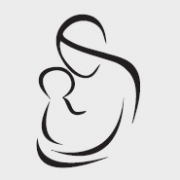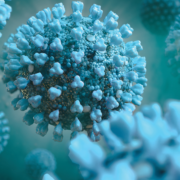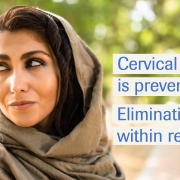The landmark IMPACT trial was a cervical cancer screening study designed to clinically validate and support the FDA approval of tests in Roche Cervical Cancer Portfolio – CINtec® PLUS Cytology, a dual-stain biomarker-based test, and the cobas® HPV test for use on the cobas® 6800/8800 Systems.
The IMPACT trial was a multi-center, prospective trial that included >35.000 women aged 25–65 years undergoing routine screening. It was designed to evaluate the performance and safety of the cobas HPV on the cobas 6800/8800 Systems, for triaging women with atypical squamous cells of undetermined significance (ASC-US), co-testing with Pap cytology, and primary HPV screening, and an immunocytochemistry-based dual stained cytology assay CINtec Plus Cytology for the detection of cervical epithelial cells simultaneously expressing the p16INK4a and Ki-67 biomarkers as a triage test for women with positive HPV test results.1
Published results from the IMPACT trial confirmed findings from previous studies2,3:
High sensitivity of cobas HPV to detect ≥CIN3 lesions
The 1-year follow-up results confirmed the continued high risk for ≥CIN3 among women who are cobas HPV-positive at baseline than among those with abnormal cytology. At the 1-year follow-up, 41 ≥CIN3 cases were diagnosed; 40 (97.6%) of these women were HPV-positive at baseline, whereas 21 (51.2%) had ≥ASC-US cytology at baseline.
Safety of HPV-negative result
The 1-year cumulative risk for ³CIN3 was 0.06% in HPV-negative women compared with 0.54% in cytology-negative women, demonstrating the superior protection provided by HPV testing compared with cytology. The very low baseline and 1-year risk of disease in HPV-negative women offers clinicians confidence in HPV-based cervical cancer screening.
Efficient risk stratification with genotyping
The risk for ≥CIN3 among women with HPV16 or HPV18 is high; after 1 year of follow-up, 1 in 3 HPV16-positive women at baseline, and 1 in 5 HPV18-positive women had ≥CIN3 diagnoses. The risk associated with being positive for any of the 12-Other HR-HPV genotypes was lower; baseline risk for ≥CIN3 among women with 12- Other HR-HPV genotypes was 3.3%, and 1-year CR was 5.3%. These findings are similar to those observed in ATHENA, where the baseline and 1-year CR for ≥CIN3 among women with 12-Other HR-HPV genotypes was 3.9% and 4.8%, respectively.2
First publication from IMPACT trial by Safaeian M., et al. can be accessed from the link below:
https://pubmed.ncbi.nlm.nih.gov/33852886/
References:
[1] Safaeian M., et al.. The IMPACT trial: human papillomavirus, cervical cytology and histopathological results from the baseline and 1-year follow-up phase. J. Obstet. Gynecol. 2021
[2] Wright TC., et al., The ATHENA human papillomavirus study: design, methods, and baseline results. Am J Obstet Gynecol. 2012
[3] Wright TC., et al., Triaging HPV-positive women with p16/Ki-67 dual-stained cytology: Results from a sub-study nested into the ATHENA trial. Gynecol Oncol. 2017
For HCPs only
MC-HR-01714






